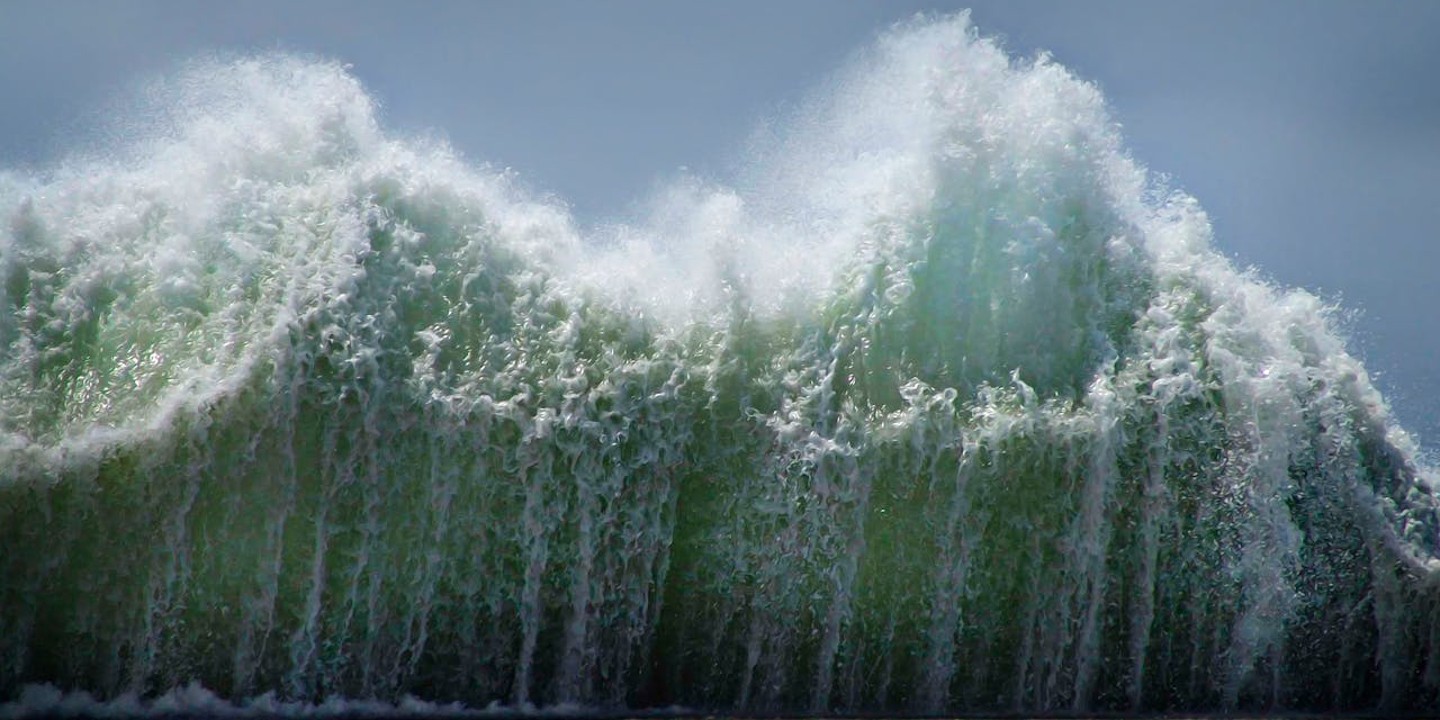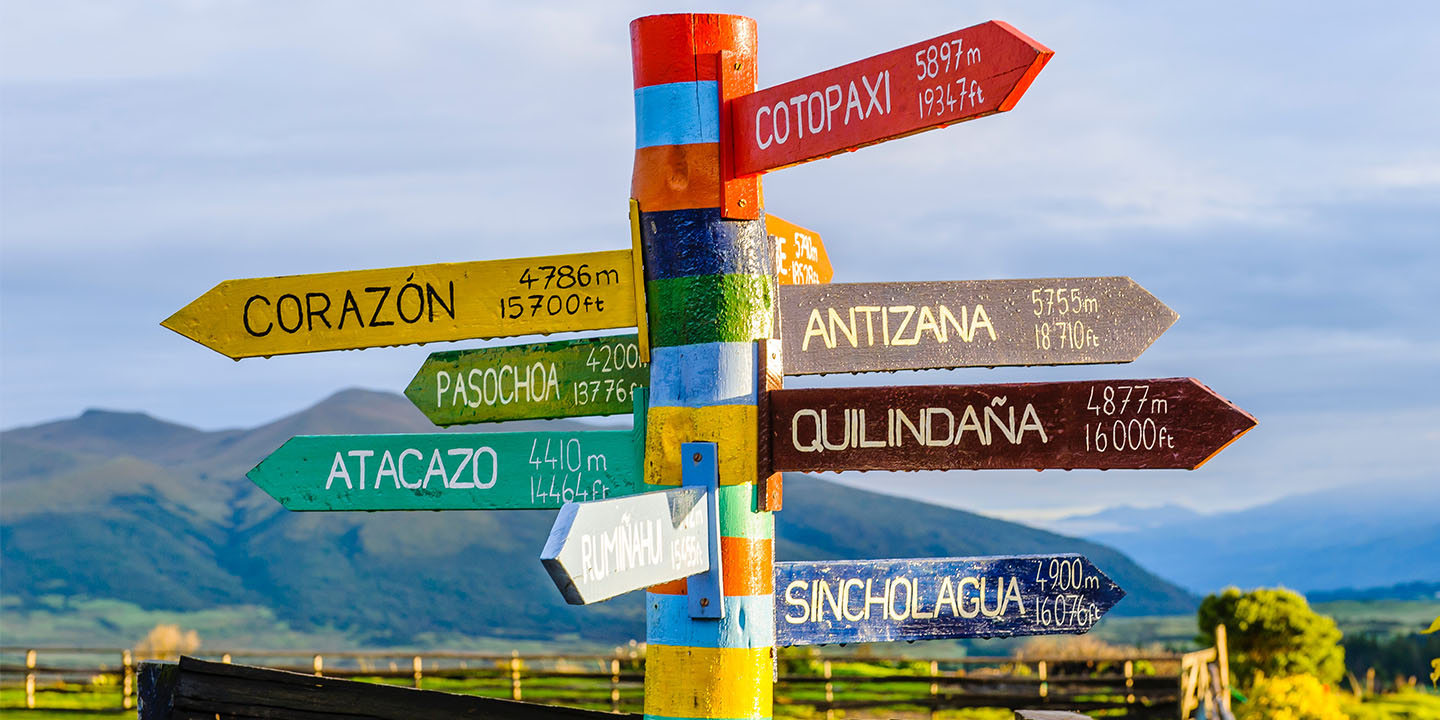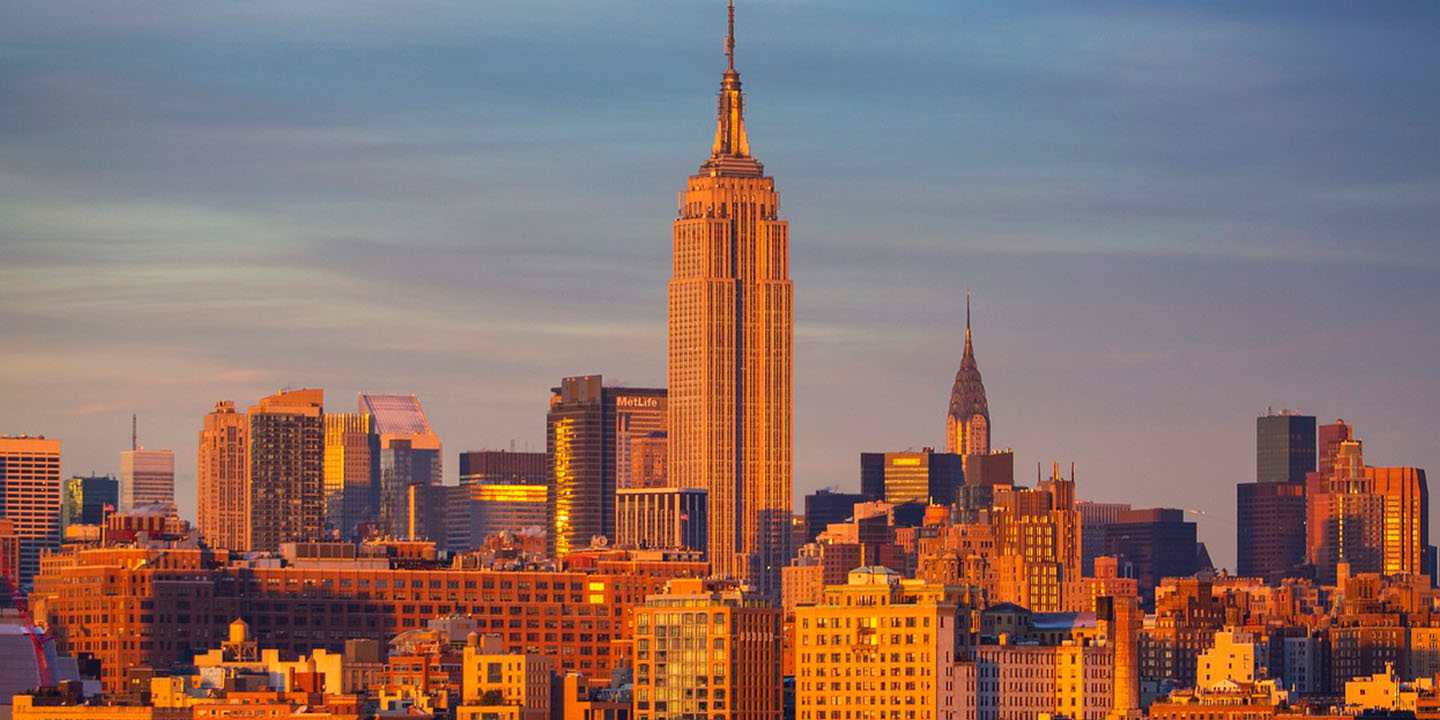Living Life By Weather
Weather shapes daily life more than we realize—some states bring endless blue skies, while others test patience with storms, extreme temperatures, and unpredictable forecasts. If you're wondering where you'll face the most weather-related headaches, we're starting with the worst offenders first. Then, we'll highlight the places soaked in sunshine.
1. Alaska
Nome endures bone-deep cold and relentless coastal winds in winter. Wind chills often plummet well below zero, though the real shock is the light or lack of it. Farther north, places like Barrow (Utqiagvik) go sunless for over two months. Snowstorms and freezing fog routinely grind life to a halt.
2. Louisiana
Hurricane season is a lifestyle here. Louisiana ranks high in storm frequency, with Katrina and Ida as stark reminders. But it’s not just wind and water. Intense humidity and rapid flash floods plague cities like New Orleans and Baton Rouge year-round, especially during warmer months.
3. Michigan
Michigan's Upper Peninsula, especially Marquette, sees massive lake-effect snow, often exceeding 200 inches. Even Detroit grapples with persistent gray skies. Ranking among the cloudiest states, Michigan experiences over 200 cloudy days annually. The frequent addition of freezing rain and hail makes for a consistently dreary forecast.
4. North Dakota
Here, winter descends early and overstays its welcome. Cities like Fargo experience blizzards that paralyze movement and close highways. Temperatures fall below -20°F, with biting winds that drop the real-feel to dangerous lows. Spring is brief and muddy before severe thunderstorms arrive with little transition in between.
 Photo by Senior Master Sgt. David H. Lipp on Wikimedia
Photo by Senior Master Sgt. David H. Lipp on Wikimedia
5. Florida
Lightning strikes more people in Florida than in any other state by a wide margin. The Sunshine State is volatile. Near-daily summer storms and multiple hurricane landfalls define its chaotic climate. In 2022 alone, Florida led the nation in property damage from weather-related disasters.
6. Illinois
Expect everything to happen in one week. Chicago’s “lake breeze” creates abrupt temperature swings, while southern Illinois faces severe thunderstorms and tornadoes. Winter brings blizzards and bitter cold; summer follows with oppressive heat and flooding. The state’s location in the Midwest places it at the crossroads of competing air masses year-round.
7. Washington
Seattle averages only 152 sunny days annually, with over 37 inches of rain concentrated in fall and winter. While not the wettest state, Washington’s persistent cloud cover is mentally draining. Western Washington rarely sees snow, but east of the Cascades, harsh winters and wildfire risks make weather management complex.
8. Texas
Texas experiences dramatic climate shifts, lurching from drought to devastating floods. The Panhandle faces frequent tornadoes, and coastal areas contend with powerful hurricanes. Deep freezes can cripple the state's infrastructure, as seen with the 2021 power grid failure. Moreover, scorching summer temperatures routinely surpass 100°F across much of Texas.
 Billy Hathorn at en.wikipedia on Wikimedia
Billy Hathorn at en.wikipedia on Wikimedia
9. Vermont
Tourists flock to Vermont for its stunning fall colors, but locals know what comes next. Winters bring relentless snow, sometimes topping 100 inches, and ice storms can freeze roads for weeks. Mountain towns endure bitter wind chills, and when spring arrives, melting snow raises serious flood risks.
10. Missouri
Situated in Tornado Alley, Missouri’s spring skies can flip from calm to chaos in minutes. Supercell storms sweep through the plains, spawning twisters and dropping hail the size of golf balls. Winter isn’t gentle either, as ice storms frequently paralyze infrastructure. Year-round, weather whiplash is Missouri’s most consistent forecast.
Enough with the doom and drizzle. Some states actually make stepping outside feel like a win. If you’re chasing clear skies and feel-good forecasts, this next set delivers the goods.
1. Arizona
Phoenix averages 300+ sunny days annually, holding a national record. Its true strength lies in stability—the Sonoran Desert offers dry air and low humidity even in winter. Outdoor living stays active all year, and despite scorching summers, there's no snow or hurricanes to disrupt the calm forecast.
 NOIRLab/NSF/AURA/P. Horálek on Wikimedia
NOIRLab/NSF/AURA/P. Horálek on Wikimedia
2. California
Not every part of California fits the “perfect weather” image, yet coastal zones like San Diego do. Marine influence moderates temperatures, rarely exceeding 80°F or dropping below 50°F. Rain is minimal, and wildfire season aside, its year-round comfort consistently ranks it among the best in the U.S.
3. Nevada
Dry air dominates across Nevada, especially in Las Vegas, where humidity averages under 30%. Rain is rare, and skies are open most days of the year. Plus, snow falls in the mountains, not the valleys. For allergy sufferers or solar fans, Nevada’s climate is practically a weather utopia.
4. Colorado
Snow might define Colorado’s mountains, but it rarely clouds its skies. Cities like Denver enjoy over 300 sunny days a year. High elevation reduces humidity, and even after storms, the sun often returns quickly. That fast recovery makes it one of the brightest four-season states in the country.
5. New Mexico
This high desert state pairs warm sunshine with cool nights. Albuquerque sees nearly 280 sunny days annually—rain rarely sticks around. The arid climate keeps skies crisp and weather interruptions to a minimum, which is ideal for stargazing or everyday calm.
6. Utah
Sunlight pours across southern Utah’s red rock canyons and national parks, with cities like St. George basking in 300+ sunny days. Northern Utah experiences four seasons, while snow and sunshine often coexist. The dry climate and low annual precipitation make this state a reliable bet for outdoor lovers.
7. Hawaii
Hawaii’s tropical climate doesn’t mean nonstop rain. In fact, many leeward coasts see nearly uninterrupted sunshine year-round. Trade winds keep temperatures steady, rarely above 90°F or below 65°F. Even brief showers are warm and welcome, often followed by sunbursts and rainbows minutes later.
8. South Carolina
This southeastern state sees mild winters and about 216 sunny days per year. Charleston and Columbia enjoy more blue-sky days than much of the East Coast. Sea breezes take the edge off summer humidity, and winters are brief enough to leave snow shovels collecting dust.
9. Georgia
Georgia sees its fair share of sunshine, even when Atlanta skies turn a little gray. Winters stay short and mild, and there’s no need to worry much about snow. With around 216 to 218 sunny days each year, the state delivers bright skies and easygoing weather more often than not.
10. North Carolina
The coast and the mountains each tell a different weather story, but all enjoy clarity. Raleigh and Charlotte average over 215 sunny days a year, paired with mild winters and bearable summers. While storms occasionally roll through, the overall climate supports year-round outdoor living with ease.

























